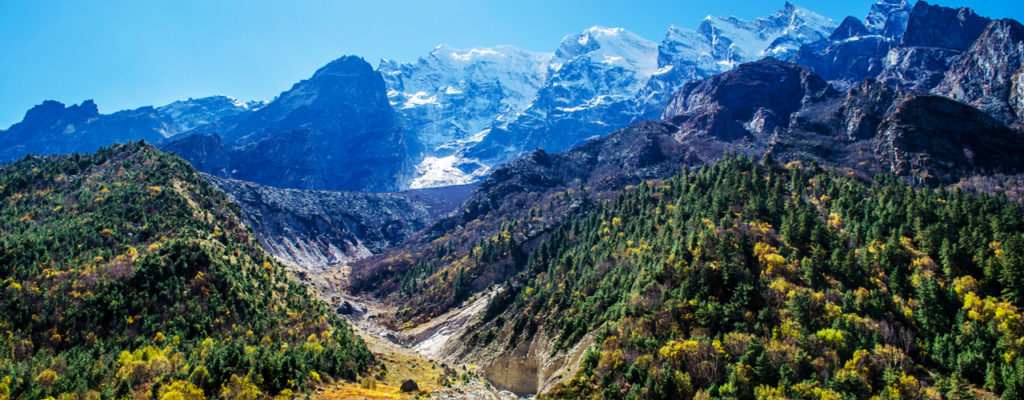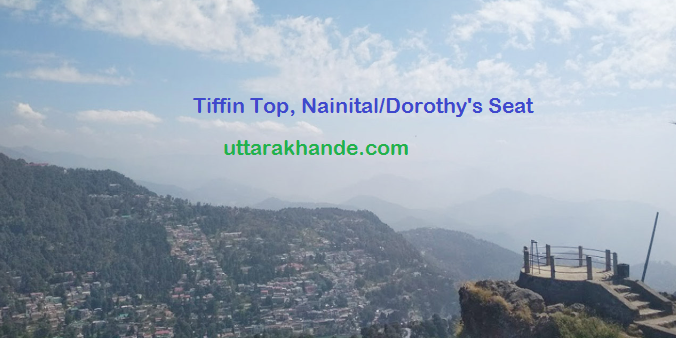
Dwarahat is an ancient city full of beautiful temples and breathtaking views, that also serves as a wonderful retreat in the Kumaon Mountains. Dwarahat, situated in the wondrous Almora district of Uttarakhand, is a place of special heritage and religious importance. Home to about 55 ancient temples built in the medieval era by the Katyuri kings, Dwarahat is representative of the great past of the region and its architecture.
Apart from being historically significant, these temples are home to some of the most revered deities in Hindu mythology and hence are frequented by devotees from all over the country and outside. Situated at an altitude of 1510 m, Dwarahat provides beautiful views of the mighty Himalayan peaks like Kailash Mansarovar, Doonagiri, and others. Unlike other hill stations, At Dwarahat one can refresh oneself away from the crowd of tourists.
Dwarahat History
At a distance of 34 km from Ranikhet and 61 km from Almora, Dwarahat is an ancient city located in the Almora district of Uttarakhand. It is famous for its ancient temples which were mainly built by the Katyuri kings and are maintained by the ASI.
Dwarahat, meaning the way to heaven, was once the principal seat of the Katyuri kings, whose empire extended from the Sutlej River in the west to the Gandak River in the east, and from the Himalayas to the plains, including the entire Rohilkhand. Later it came under the rule of Chand Rajas of Kumaon in the sixteenth century.
Dwarahat has 55 ancient temples of outstanding architectural excellence, divided into 8 groups. Some temples are now of great archaeological importance. They were built in Indo-Aryan, Maru-Pratihara, or Nagara type. The temples are constructed mainly from masonry blocks of Pre-Cambrian granite available in the nearby area. Instead of mortar, iron clamps, and dowels have been used to fasten adjacent blocks.
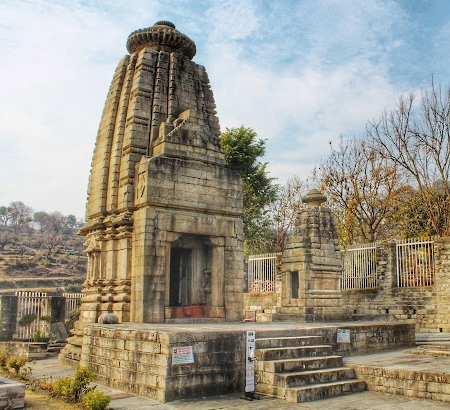
Badrinath Group of Temples
The Badrinath group of temples consists of three temples, of which the main temple is dedicated to Lord Vishnu, who is worshiped as Badrinath. Built facing east in the Sikhara style, it comprises the sanctum sanctorum, Antara, and mandapa. A black stone idol of Vishnu is installed in the sanctum sanctorum. The temple has an inscription dated Samvat 1105, which suggests the date of construction of the temple as 1048 AD. There are two more miniature shrines in the group; One is dedicated to Goddess Lakshmi while the other is devoid of any image.
Banddev Temple stands in the midst of cultivated fields on the banks of a small stream known as Khiru Ganga. This pyramidal temple represents the temple developed to the initial extent of the central Himalayas.
The Gujar Dev Temple can be described as a masterpiece of the Shekhri Sikhara type of temple architecture of the region. It is an orthogonal temple with a Pancharatha plan. This temple represents the most developed type of Nagara temple in the middle Himalayan region. On the basis of architecture and sculpture, its time is believed to be the 13th century AD. Now the temple is in a dilapidated condition.
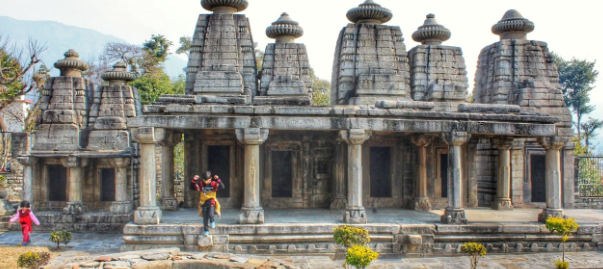
Kacheri Group of Temples
The Kacheri group of temples consists of 12 shrines, five each in two rows, while the remaining two stand separately on high plinths. These temples belong to the 11th-13th century AD. These shrines have a common portico with a series of free-standing pillars, with plain shafts and brackets in front. These temples were dedicated to Lord Shiva and Lord Vishnu. There is also a circular well made of stone blocks in the complex.
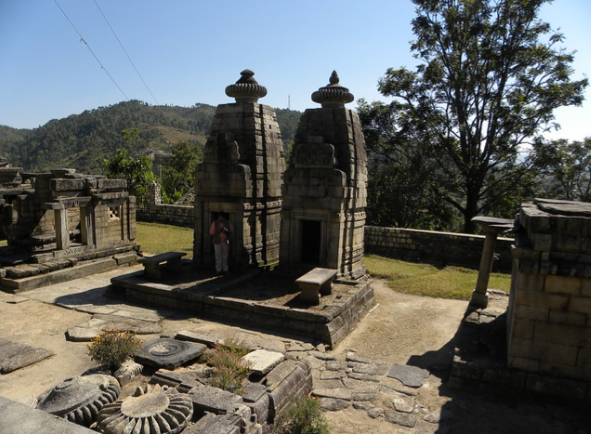
Maniyan Group of Temples
Maniyan Group of Temples is a group of nine temples. The four temples are constructed in such a way that it forms a compound with a common courtyard in front. The images of Jain Tirthankaras on the lintel of the three temples suggest that these temples are dedicated to the Jain sect which is not commonly found in the region. However, the rest of the temples appear to be dedicated to Brahmanical deities. This group of temples dates back to the 11th-13th century period.
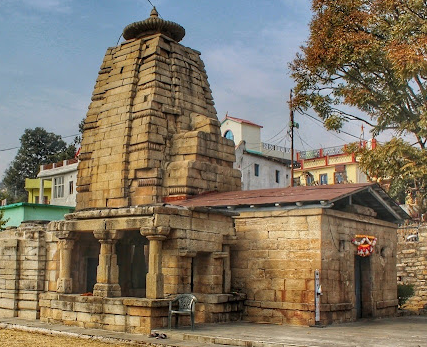
Mrityunjaya Group
The Mrityunjaya group is one of the holiest groups of temples in Dwarahat. The main temple dedicated to Lord Shiva, known as Mrityunjaya, dates back to the 11th-12th century AD. The sanctum sanctorum in this city temple is the mandapa after the Antarala. There is another temple dedicated to Bhairava in the same complex, while the other temples are devoid of any images and are in ruinous condition.
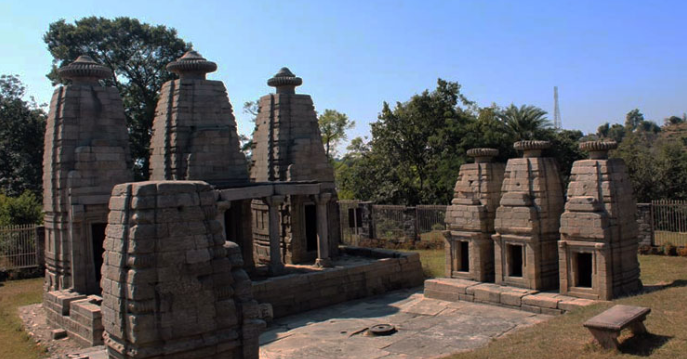
Ratan Dev Temple
The Ratan Dev Temple complex comprises nine temples, however, only six temples are currently intact. The three shrines stand on a common platform, preceded by a north-facing common mandapa, each dedicated to the gods Brahma, Vishnu, and Shiva. Of the subsidiary shrines, one stands on the west side and the other two on the east side dedicated to other Hindu deities. These temples are told of the period of the 11th-13th century.
Things To Do At Dwarahat
- Mild trekking and village exploration can be enjoyed here.
- Dwarahat is a historic town, you can experience the glorious past of the region, when it was part of a flourishing kingdom.
- You can also try out some fantastic Garhwali and Kumauni cuisines such as aloo Ke Gutke, Gahat, Chainsoo, and Kaapa.
Best Time To Visit Dwarahat
Dwarahat can be visited at any time of the year except monsoon (August-September). The weather is great for the rest of the year with ample opportunities for sightseeing. The city looks beautiful, especially during winter when it snows.
How To Reach
By Road:- Dwarahat is situated at the intersection of the Kausani-Ranikhet road and the Almora-Badrinath road, so it is well connected by motorable roads to different parts of the state. Public and private buses provide frequent connectivity to nearby areas of Dwarahat.
By Train:- Nearest Railway station is Rishikesh Railway Station. You should find a train stopping at this junction. You can get down here to fetch a bus, a local ferry or hire a taxi to reach your destination.
By Air:- The nearest airport is Pant Nagar Airport. Cabs can be easily taken from the airport to Dwarahat, the journey takes about 5 hours. Public buses are also available for Almora from where you can change for Dwarahat.
NOTE:- In this article, we cover all the important details regarding Dwarahat Ranikhet, Uttarakhand like the best time to visit and Activities you can do in this place, Still If you have any other queries you can visit the gov official website of Uttarakhand Tourism. And If you want to know the best places to visit in Uttarakhand then visit our website uttarakhandeyes.com.

